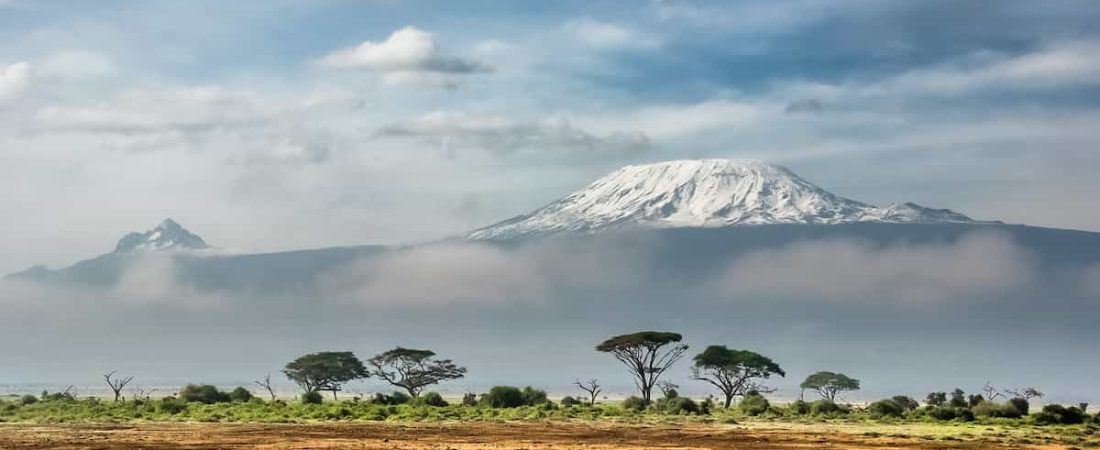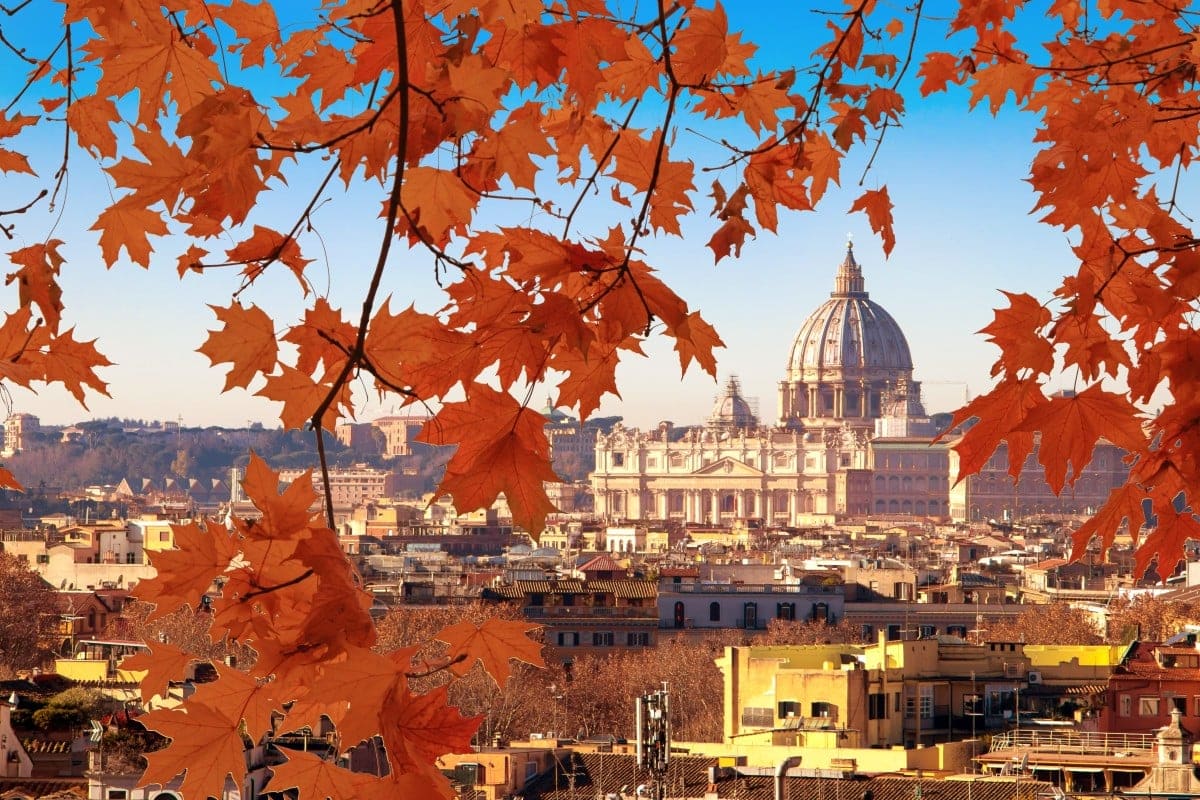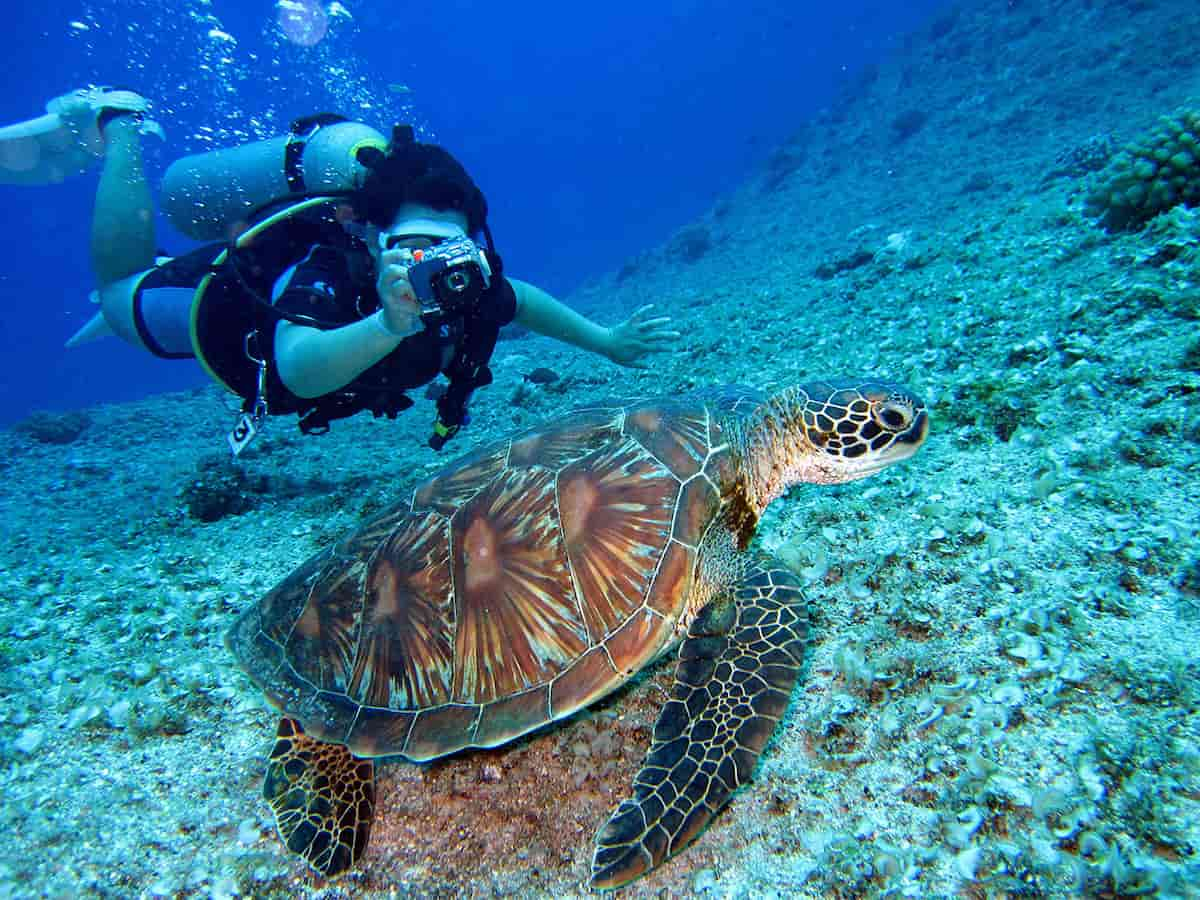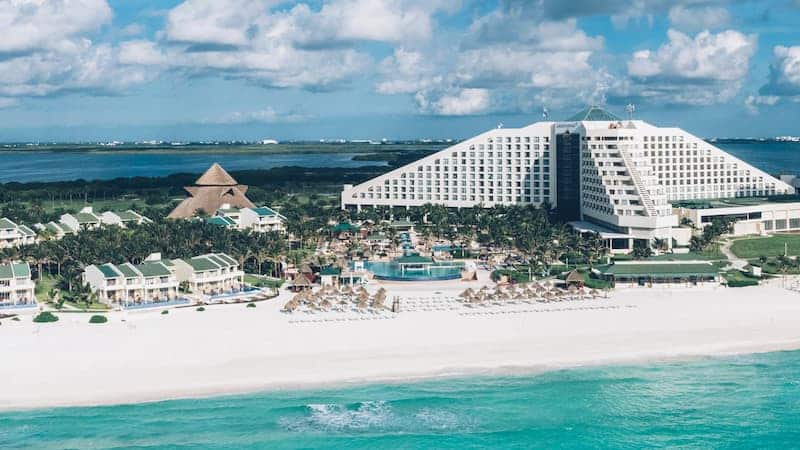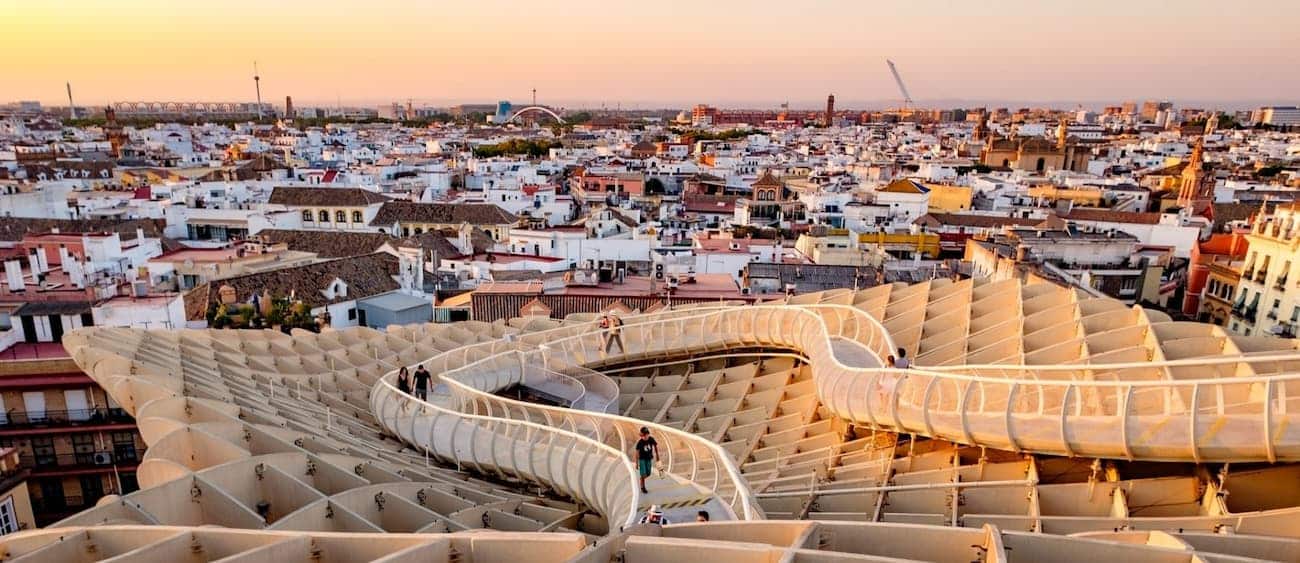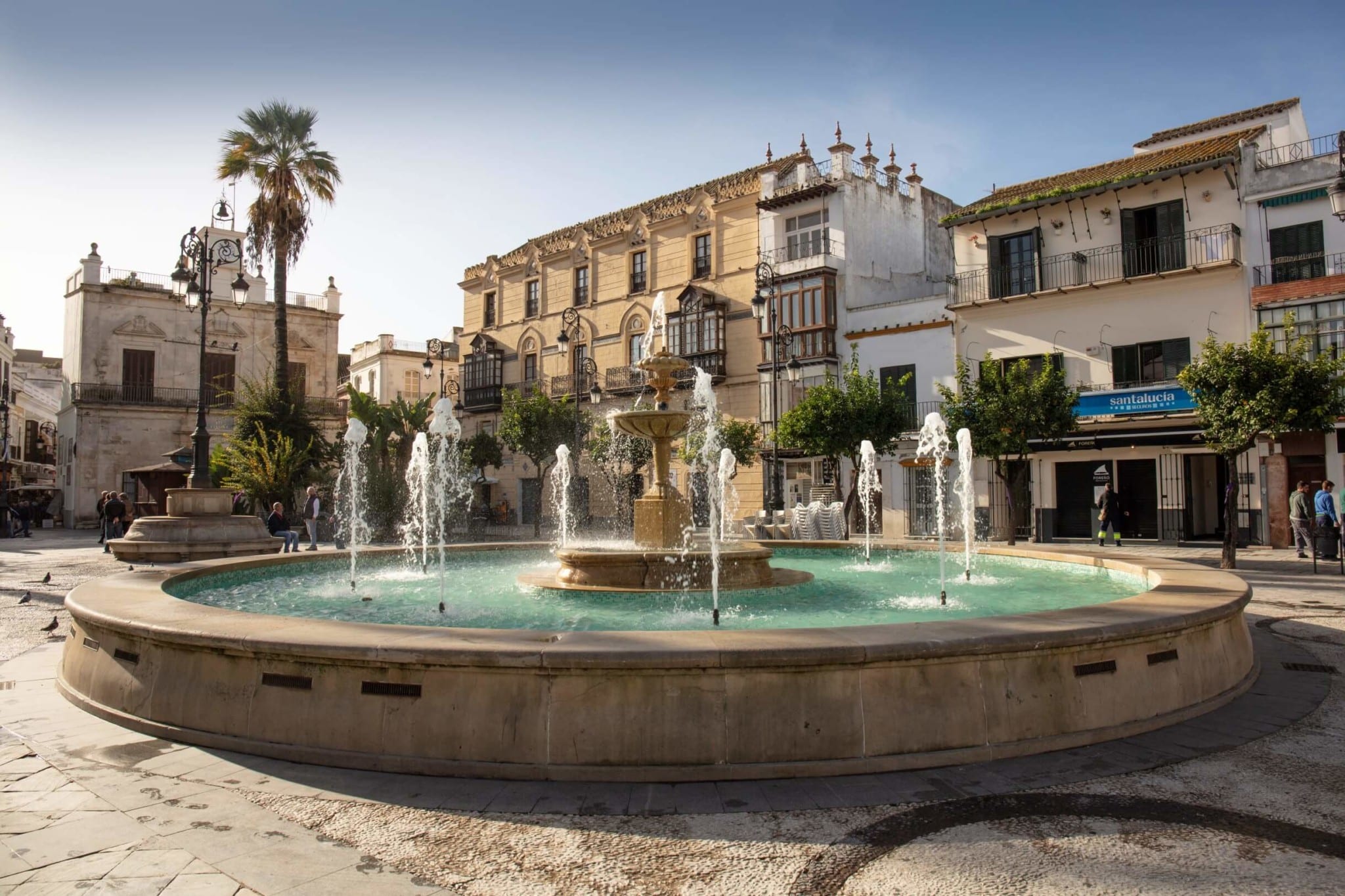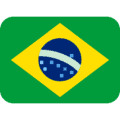If you are collecting information about destinations from Africa For your next trip, don’t forget to book a visit to Mount Kilimanjaro! This mountain is world-renowned for being the highest in the entire continent and is the fourth highest prominent peak on planet Earth.
Join us to discover the peculiarities of this emblematic mountain that was represented in multiple expressions of art, converted into a symbol of numerous commercial products and adored by hundreds of thousands of climbers who climb to the top each year.
1. What should you know about Mount Kilimanjaro?
Dream location
Mount Kilimanjaro is a mountain located in the northeast of Tanzania and is made up of three inactive volcanoes with different heights above sea level, with their respective climbing difficulties.
What is Mount Kilimanjaro?
This colossus is a stratovolcanomolded in the shape of a cone. As we said before, Mount Kilimanjaro is made up of three vertices:
- Shira: has a height of 3,962 meters.
- Kibo: the most recent volcanic cone, 5,891.8 meters high. height, the only one that is not yet extinct and presents exhalation of gases every certain time.
- Mawenzi: its summit is at 5149 meters.
In addition, between the vertices of Kibo and Mawenzi, there is another small peak called Saddle, with about 3600 meters high, and it is the one that best describes the latitude of tundra in Africa .
With regard to climate, Mount Kilimanjaro is subject to a tropical savanna climate. From mid-May to mid-October, it presents mild and dry temperatures; from the middle of October to the end of November, it goes through a short stormy season; and finally, between the months of March and May, intense rains are present, so we recommend you not to visit it on these dates so as not to run the risk of hindering your ascent.
Ancestors of Mount Kilimanjaro
In the past, the Kilimanjaro area was the cradle of the Masai shepherds, since its meadows and watercourses used to provide perfect food for all the herds.
The first traces of life date back to approximately 1000 years before Christ, but then they disappear for hundreds of years, until the beginning of the 16th century, with the arrival of the shepherds.
For a good number of years, there were hardly any written mentions of Mount Kilimanjaro, until in 1856 it was represented for the first time in the “limace chart”, drawn by Rebmann and Erhardt, which It attracted the curiosity of several explorers and mountaineers who did not hesitate to try to reach the top.
However, it was not until 1889 when Hans Meyer, Ludwig Purtscheller and Yohana Lauwo achieved the goal of reaching the summit, after two failed attempts.
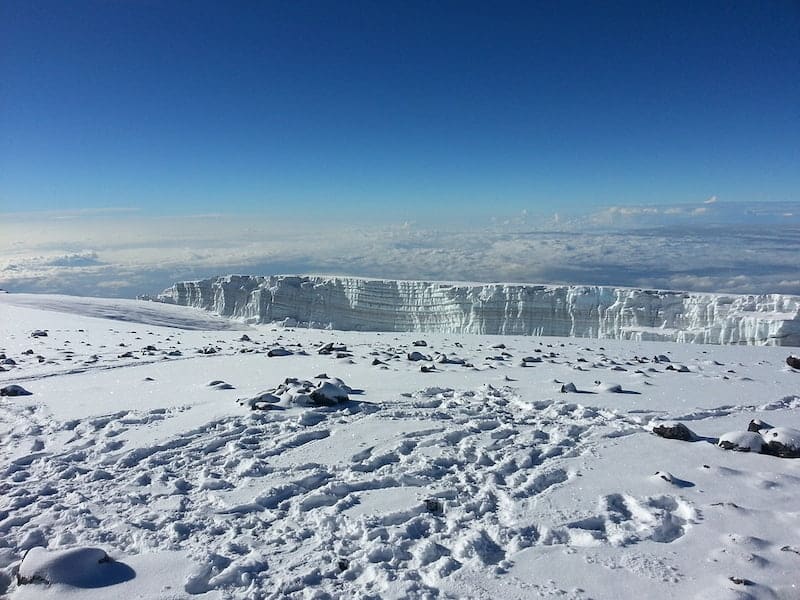
The summit of the Mawenzi vertex was reached on July 29, 1912 by Fritz Klute and Eduard Oehler, who were also the first to highlight the difficulty involved in climbing rocks as fragile as those found in that area. Once this objective was achieved, the men continued their ascent towards Uhuru Peak, the highest point of the Kibo cone.
During all these years, the mountaineers undertook their journey without having any kind of shelter beyond their tents. It was only at the beginning of the 20th century that the Germans decided to take matters into their own hands and start building rest points, but the project was put on hold with the arrival of the First World War and they resumed mid-1920s.
From that moment on, many of its routes were worked to facilitate the ascents of the explorers and to be able to complete the ascent in a few days. Excursions to Mount Kilimanjaro are currently regulated by the Tanzanian authorities.
2. Main features
For years, geologists and volcanologists have debated whether Mount Kilimanjaro is an extinct or inactive volcano, which is why it has been chosen to include it in the dormant group: a dormant volcano that has not erupted for a very long time, but could do so at any time.
The truth is that an dormant volcano can continue to emit gases and eventually erupt. On the other hand, an extinct volcano no longer has enough magma to even expel gases. In the case of Mount Kilimanjaro, we find two extinct peaks: Mawenzi and Shira. However, the Kibo cone does exhale gases to this day, and that is why it is not listed as a totally devoid of activity site.
Kilimanjaro is located on top of a divergent-type tectonic plate, whose main characteristic is the ability to separate from other plates and be able to allow magma to emerge from the deepest regions.
3. Birth of the National Park
As we said before, Mount Kilimanjaro is located in the north of Tanzania, very close to the border with Kenya. Due to its height, the summit of the colossus is snow covered all year long, and rises in the middle of a savannah plain, providing an unusual but extremely beautiful mix of landscapes.
Regarding the history of the park, the natural complex was considered to be a holdout at the beginning of the 20th century. In 1921 it began to be considered as a forest reserve, and only in 1973 was it declared a National Park, at which time the necessary precautions for its protection and preservation began to be taken. In 1987, the Kilimanjaro National Park entered the list of destinations baptized as a World Heritage Site by UNESCO.
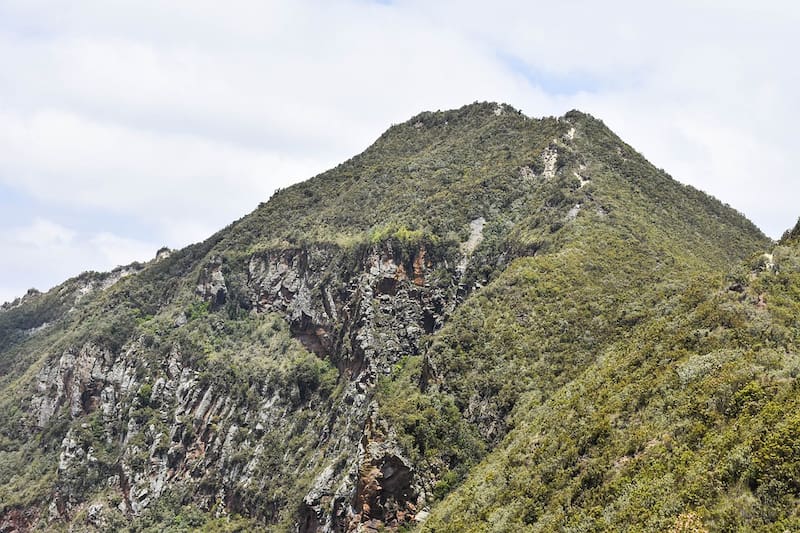
4. Climb Mount Kilimanjaro: quite an experience
Multiple travelers and master climbers depart from the experience of climbing Mount Kilimanjaro. To finish the test, data, adaptation and adequate physical condition are required, since the region is hostile in terms of height and the cruelty of the environment.
If you want to live this exciting experience, you should know that there are various ascension courses, so we are sure that you will find one that is according to your aptitudes.
Once you set out on your journey, it will take several days for you to reach the summit. But there is nothing wrong with this! Along the way, you will move from an impressive network of savannahs to a hot tropical forest, later reaching the tundra and ending up surrounded by snow. You can’t deny that you’ll go through an impressive number of different scenarios in one place!
Keep in mind that the ascent includes long periods of walking, withstanding very varied temperatures depending on where you are, not to mention the air pressure, which knows how to do its thing, as you go climbing meters above sea level. That is why it is very important that you are in a correct physical state and do it accompanied by someone who really knows and knows the area. Mountaineering is not for everyone!
Routes to climb Mount Kilimanjaro
- Marangu Route
This route is the only one that has accommodation in cabins and a short climb, a fact that makes many people believe that it is very easy to climb, but in reality only 30% of climbers trying to climb Mount Kilimanjaro by this route They reach the top. This is because, being a short ascent, the air pressure is felt more quickly and does not allow many bodies to get used to the height.
- Machame Route
We present the most popular climbing route. Compared to Marangu, this road allows a good acclimatization of the body. Of course, prepare to be with a lot of people, especially when you reach the summit, because as you are doing the best-known route, it will logically be the busiest.
- Rongai Route
Continuing with the best acclimatization opportunities for the body, the Rongai route is probably the easiest route for novice mountaineers to traverse. It has a success rate of 70%, it is not very crowded and it also offers some simply unique views. Tempting, right?
- Shira Route
This path will take you from the first day to a considerable altitude, at 3500 meters, which can be difficult if you live in areas above sea level and have not had time to acclimatize. ;
- Umbwe Route
If you are an experienced mountaineer and you want challenges, this route is the one for you. The path is very direct, but it is also steep, very hard and, in some parts, extremely exposed.
Umbwe is the most difficult and demanding of the usual climbing routes, so we only recommend traversing it if you have experience climbing mountains. Take good care of yourself and enjoy!
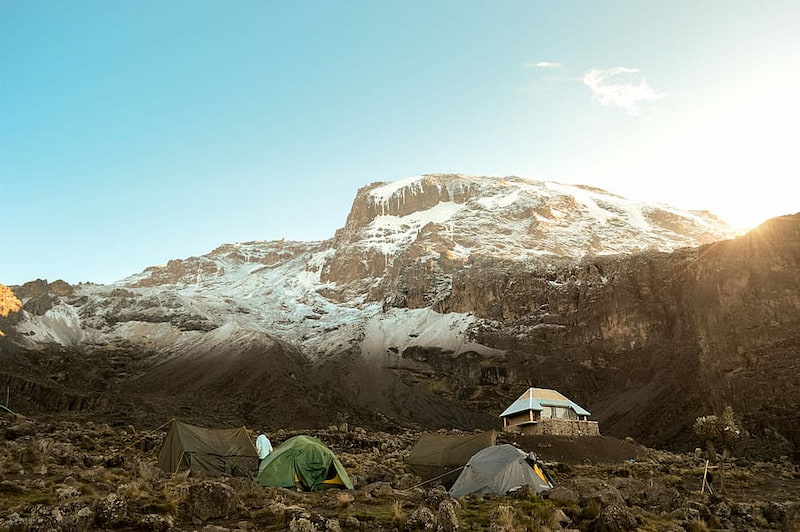
- Lemosho Route
Here is the prettiest route to climb Mount Kilimanjaro and, in turn, the longest.
If you choose this path, go calmly because your body will acclimatize very well since the ascent will be slower and, therefore, it will have time to adjust to the new conditions.
Definitely, this is the ideal route for those who have time and want to have a total experience with nature, but who have no problem paying a little more for do it (because of its extension, it is more expensive).
